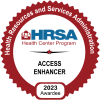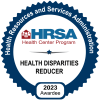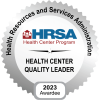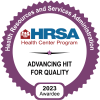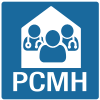This blog post was written by Monica Reu, LCSW, CADC Behavioral Health Outpatient Supervisor at the Beloit Area Community Health Center.
April is typically synonymous with many things: April Fool’s day, rain showers, Easter, and Earth Day just to name a few. A lesser known association with April is that it is Alcohol Awareness Month. The National Council on Alcoholism and Drug Dependence (NCADD), which is an advocacy organization focused on substance use disorders and the consequences associated with substance use, started the awareness month in April of 1987. The original target was college-aged students who could be drinking too much as part of their newfound freedom (Alcohol.org). It’s now become a national movement to draw attention to anyone who could benefit from knowledge and information associated with alcohol use so you aren’t put at risk.
Let’s bring to light some alcohol use statistics so you aren’t at risk.
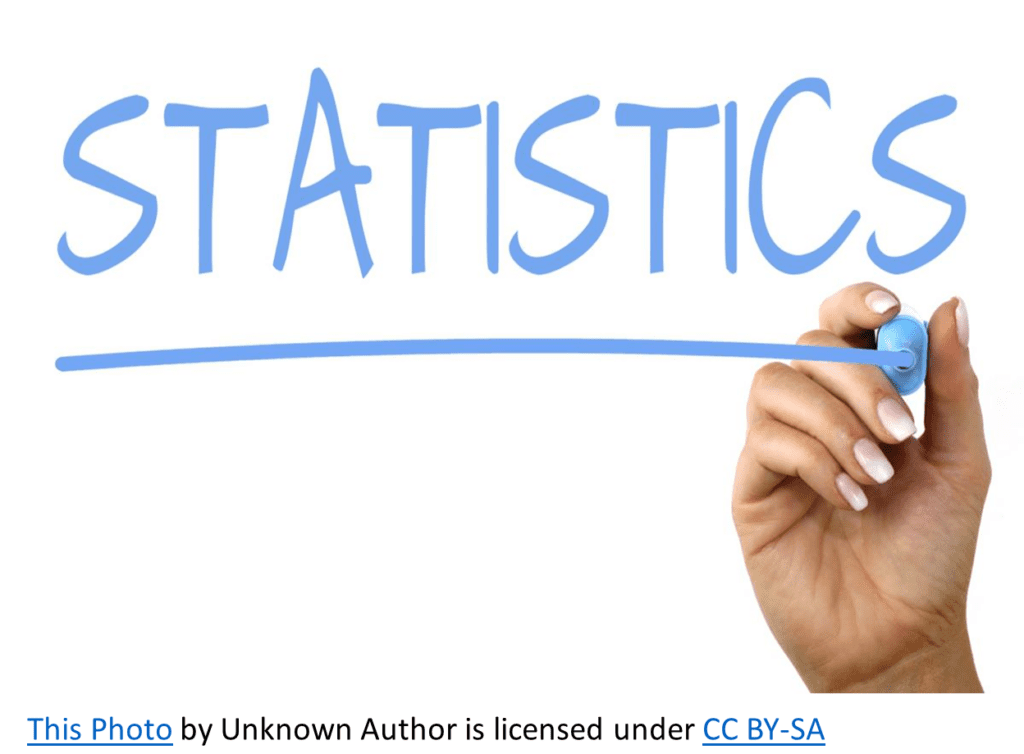
According to National Center for Drug Abuse Statistics:
- 1-in-10 Americans over the age of 12 have an alcohol use disorder (10%)
- Over half of Americans increased their alcohol consumption during COVID-19 lockdowns (60%)
- Suicides involving alcohol kill more people than car accidents involving alcohol.
- 16.1% of people who die from alcohol are under the age of 35.
For Wisconsin, alcohol ranks 3rd in the country for percent of adults who currently drink alcohol (according to Wisconsin DHS)
- Washington D.C. (68.7%)
- New Hampshire (64.6%)
- Wisconsin (64.4%)
More Wisconsin adults report current alcohol use in the past 30 days (64.8%) than the U.S. average (55.1%). When Wisconsin adults drink, they tend to drink more often and consume more than adults in other states. (average of 2.6 drinks in WI).
More statistics and information can be found at drugabusestatistics.org and dhs.wisconsin.gov/alcohol.
Indicators of Risky or Excessive Alcohol Consumption
These are common thoughts that someone who struggles with alcohol use may have:
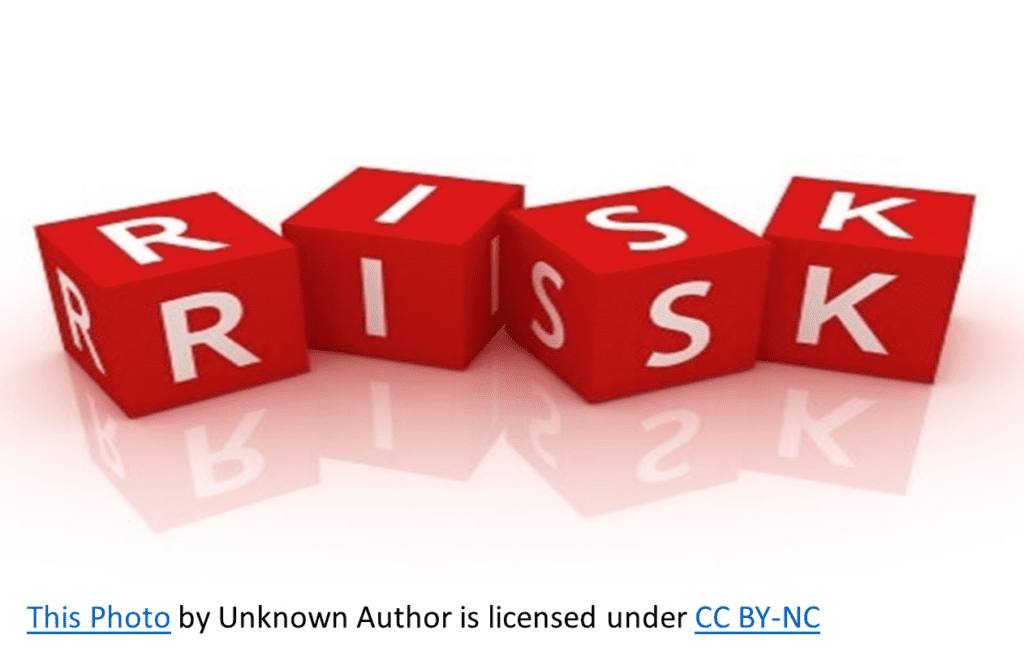
- “Well I only drink on the weekends.”
- “It’s only beer.”
- “I could stop if I wanted to.”
- Spend a lot of time thinking about alcohol or drinking
- Drinking is interfering with daily activities, family/friends, and/or work
- People have made comments about your drinking patterns
- Drink more, or longer than you intent
- Try to stop or cut down but find it difficult to do so
Assess your own alcohol use here:
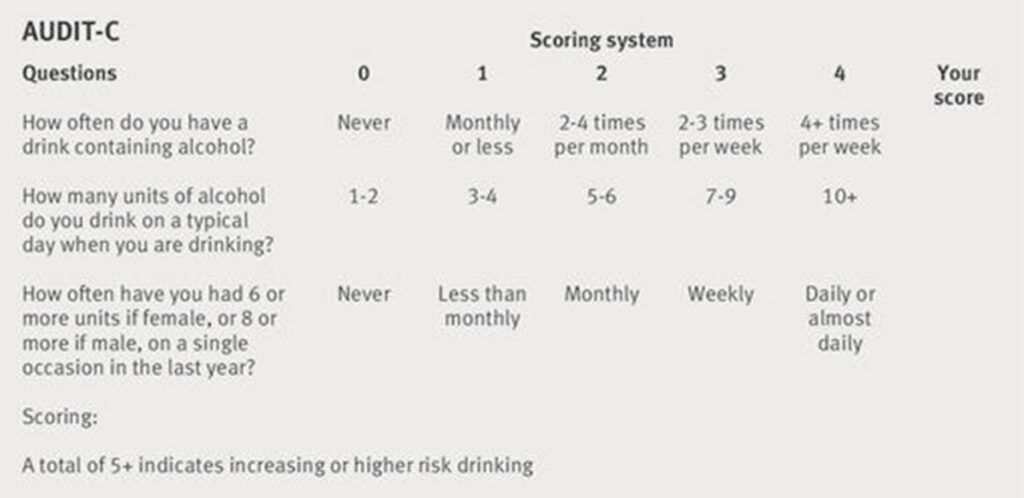
What is a unit of alcohol?

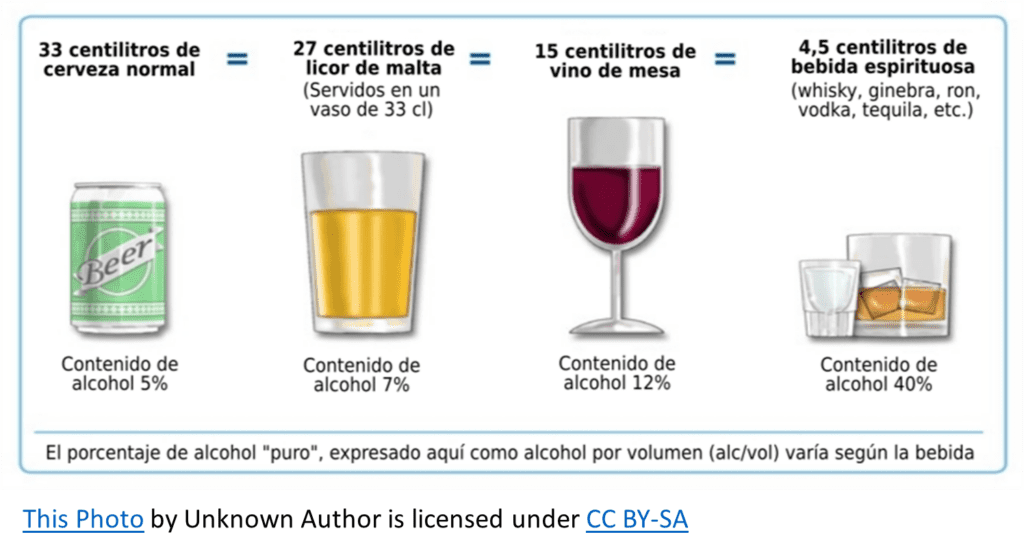
Be Aware of Your Consumption with Tips to Cut Down on Alcohol Use

- Set a daily and weekly limit – write it down and keep it with you
- Record how much you drink each day, week, etc.
- Avoid situations or triggers that may influence drinking
- Speak with doctor or seek additional support for alcohol use
- Use the SAMHSA Behavioral Health Treatment Services Locator to find alcohol, drug or mental health treatment facilities and programs in your area
- Contact Beloit Area Community Health Center to learn about the Origins Outpatient SUD Group at 608.361.0311
Additional Resources:
- Alcoholics Anonymous (AA): https://alcoholicsanonymous.com/aa-meetings/wisconsin/
- National Institute on Drug Abuse (NIH): https://www.drugabuse.gov/publications/principles-drug-addiction-treatment-research-based-guide-third-edition/resources
- Smart Recovery: https://www.smartrecovery.org/
- Smart Recovery- YouTube: https://www.youtube.com/channel/UCWfRk4mpvuCb3x8TnGNVh3Q
- Substance Abuse and Services Mental Health Services Administration (SAMHSA): https://www.samhsa.gov/find-help/national-helpline or 1-800-662-HELP (4357)
References:
National Institute on Alcohol Abuse and Alcoholism (2021). Alcohol Facts and Statistics: Alcohol Use in the United States. https://www.niaaa.nih.gov/publications/brochures-and-fact-sheets/alcohol-facts-and-statistics
American Addiction Centers – Alcohol.org. https://alcohol.org/awareness-month/
SAMHSA. https://www.samhsa.gov/sites/default/files/alcohol-use-facts-resources-fact-sheet.pdf
DHS of Wisconsin. https://www.dhs.wisconsin.gov/alcohol/index.htm






